In designing her 3D printed shoes, Silvia Fado is all about innovation and looking for new ways to combine technology and art in functional ways.
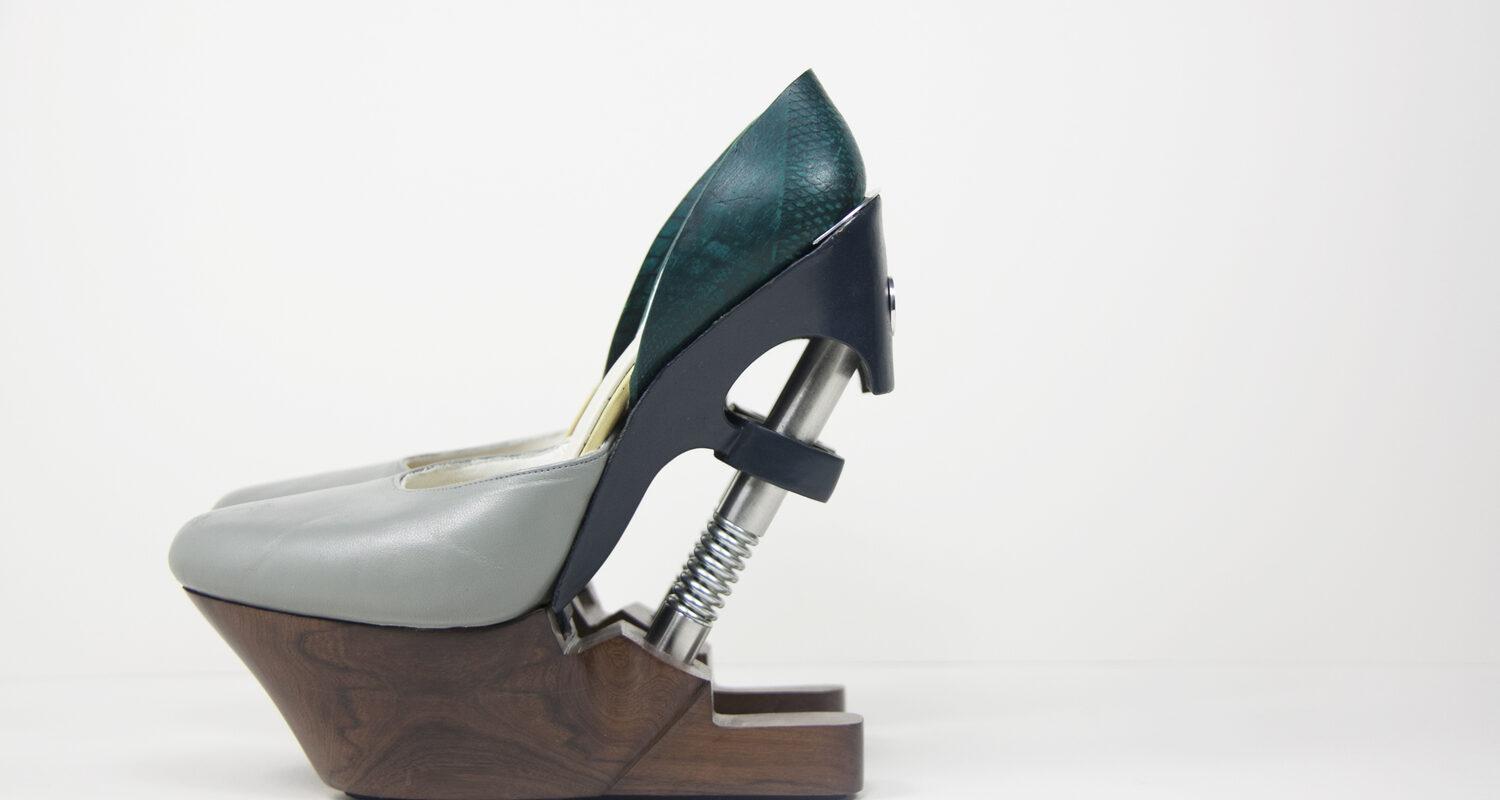
In designing her 3D printed shoes, Silvia Fado is all about innovation and looking for new ways to combine technology and art in functional ways. We’re taking a closer look at her amazing works.
For Silvia using 3D printing technology in her design and manufacturing process was obvious from the start. She actually made only one completely traditional set of shoes to learn the techniques. From that point on, it was all about mixing traditional knowledge with rapid prototyping and technology in order to make her unique 3D printed shoes.

Silvia Fado gets her inspiration from other disciplines like architecture and engineering. In her collection Kinetic Traces she incorporated various types of industrial springs and pneumatic hydraulics into her designs to explore the relationship between the movement of the body and sports footwear made in a fashionable and unique way.
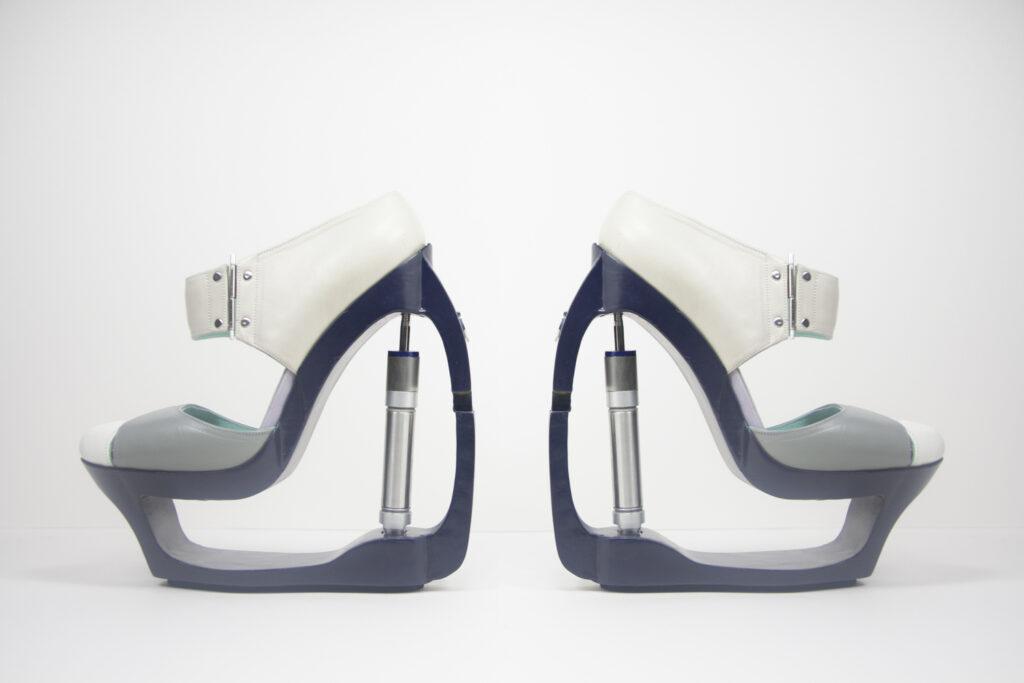
Her design process always starts with drawing the idea and then prototyping with a 3D design software and handmade props, so the final piece remains fashionable, aesthetically pleasing, functional and cleverly designed. Check out the making of video below for more details.
For a designer like Silvia, who makes very exclusive and special pieces, it would be very difficult (if not impossible) to manufacture single copies of her designs industrially. 3D printing proved to a great alternative for both prototyping small pieces and manufacturing parts for the final product. It’s also a huge time saver during the development that allows her to rectify and improve her designs easily and quickly.
The biggest difficulty in footwear design are the materials itself. It’s a constant struggle for product designers to look for materials that are strong and easy enough to form them into desired shapes. 3D printing helps Silvia greatly in this process as the machine do a significant part of the job for her once she designed the shape and choose the filaments she wants to use.
[Tweet "Amazing #3Dprinted #designer shoes made by Silvia Fado #3Dprinting #fashion"]
Since Silvia wanted to have full freedom of experimentation, she never considered using 3D printing services, which are also quite expensive for a young designer at the beginning of her career. Instead, she decided to invest in her own machine and choose ZMorph 2.0 S multitool 3D printer. The machine with the ability to CNC mill and laser cut and engrave seemed a perfect pick because she loves trying new materials and manufacturing methods as well as plans to add accessories and other designer objects to her footwear business.
At the beginning, she had to learn a lot about how to work with a 3D printer. Doing it at home on herself wasn’t easy and took her about a month before she learned to work with various materials and hardware settings. This is why now she offers her help to other creative professionals by running courses, making tutorials and digitalisation for them.
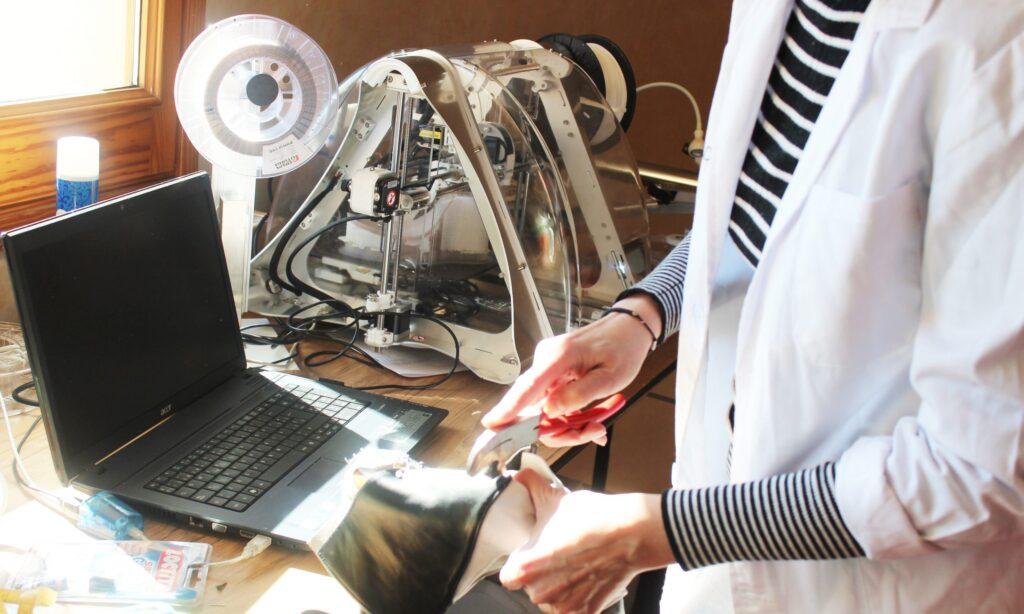
For her 3D printed shoes, Silvia prints heels and platforms and combines them with other materials like leather (which she usually shapes in a traditional way - manually) or metal components. Filaments for footwear 3D printing must be strong, durable and resistant to wearing. Thanks to her sponsors from Colorfabb, she has an access to a wide range of materials with different properties and colors.
In her Carbonalise design, Silvia worked with carbon fiber to manufacture high heels that were later additionally strengthened with a metal strip on the back which also gave it a more futuristic and elegant look.
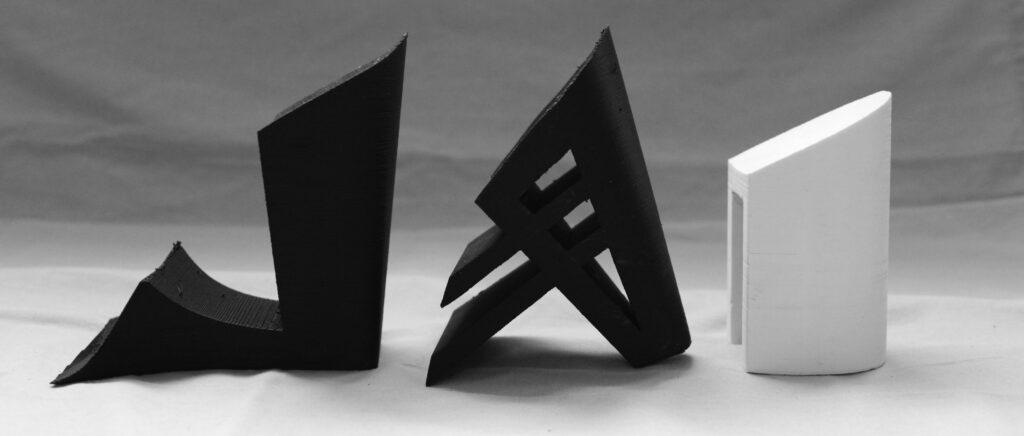
One of her latest designs is Ray of Liberty. These 3D printed shoes were inspired by the Freedom Tower building and created for New York Fashion Week. In this project, Silvia used a transparent filament and placed a source of light inside the heels to create a special and unique effect.
For her upcoming collection of 3D printed shoes, Silvia Fado experiments with different types of strong plastic and looks for the best ones that will fit her ideas. As always she also wants to find a proper balance between 3D printing and handcrafted elements which always made her products both special and comfortable to wear.
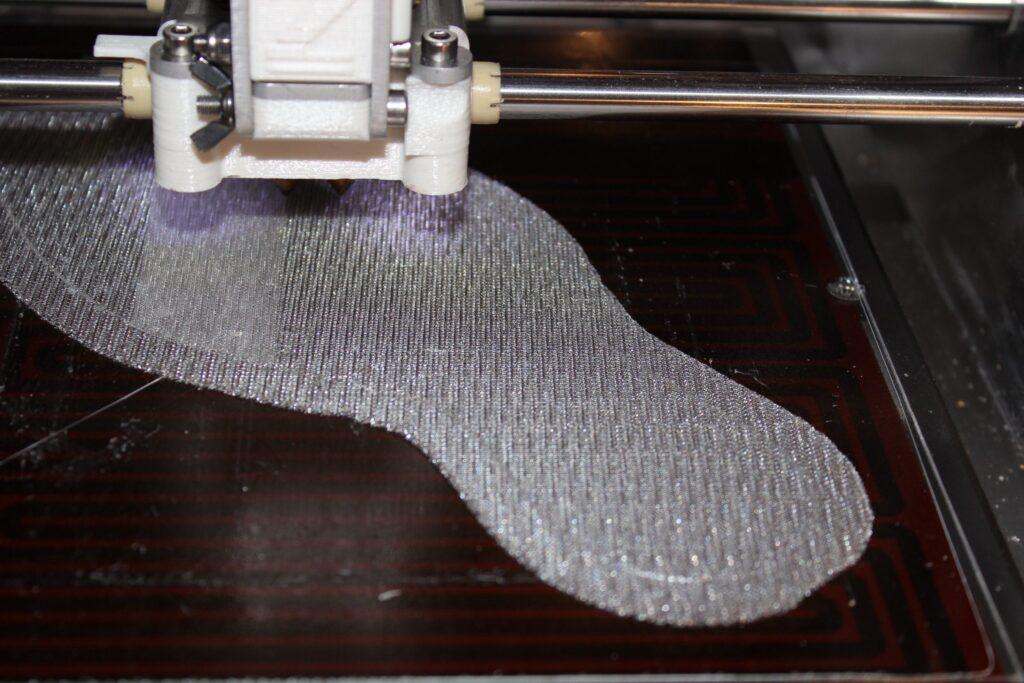
Details about this new collection remain a secret but the artist revealed to us that she’s also looking into increasing the number of 3D printed parts in her designs and new non-footwear design projects.
She also plans to take a bigger advantage of other functionalities of her ZMorph machine by adding more CNC milling and laser engraved elements to her designs. We’re looking forward to seeing (and maybe wearing) them!
Write a Comment
Your email address will not be published.